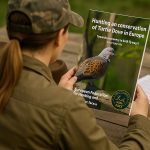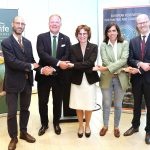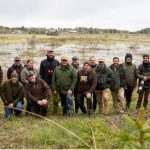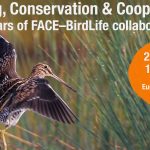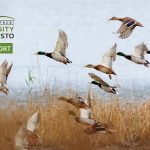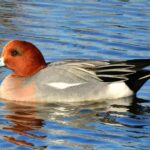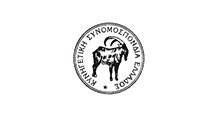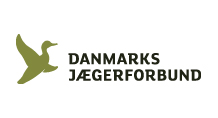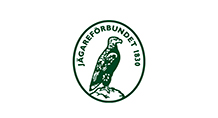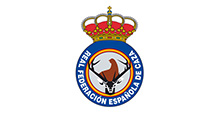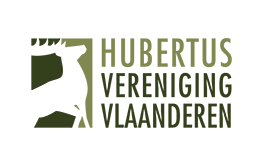European hunters have long been aware of the importance of farming policies, such as the Common Agricultural Policy (CAP), in affecting biodiversity both positively and negatively. Unfortunately, the status of small game and other farmland species has continued to decline in Europe’s agricultural landscapes in recent decades due to the intensification of farming.
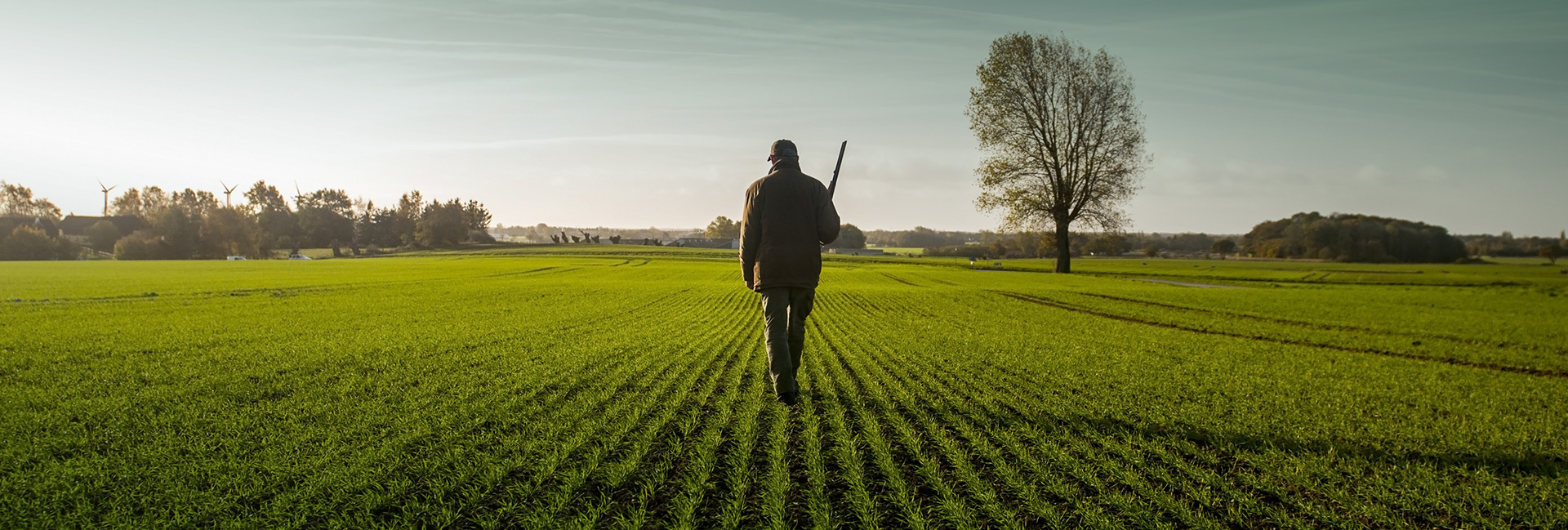
Agriculture
In December 2021, the European Parliament and the Council approved the final CAP package. Shortly after, the three regulations that make up the CAP reform package were published.
FACE and its members were very active when the CAP package was under discussion in the Parliament and the Council to ensure that the new CAP could deliver for biodiversity and small game.
With increased flexibility from Brussels, national farming polices can play a major role in enhancing how farming supports the provision of biodiversity and ecosystem services. This is critical to securing responsible, long-term management of farmland and related ecosystem health.
From FACE’s perspective, national CAP Strategic Plans should make full use of the land eligibility flexibility the CAP package provides to ensure that farmers have incentives to preserve important habitats for biodiversity and small game.
As for eco-schemes and agri-environment schemes, it is important that they are designed in a way that reward farmers who deliver sustainable land management practices that conserve landscape features comprising of fallow and scrubland, support for low to moderate grazing, implementation of flower/bird strips, high diversity grassland strips, etc. Community and results-based agri-environmental schemes offer great potential for biodiversity and farmers, including in areas can be challenging to farm.
All CAP Strategic Plans enter into force at the beginning of 2023 , but amendments can be made to improve these for biodiversity. Additional work will be required to align national CAP plans with national Restoration plans in the future.
Watch our latest CAP webinar
FACE VideoFACE Video
Posted by FACE on Thursday, 08 September 2022
FACE’s policy requests for CAP post 2020
FACE’s policy requests for CAP post 2020
European hunters are aware that the Common Agricultural Policy (CAP) is a crucial support mechanism for agriculture and rural areas in Europe. However, hunters and national hunting associations are also aware of the significant impact of agriculture driven by the CAP on the environment, biodiversity and the status of many huntable species in Europe. Hunters are particular concerned about the populations of many small game species, which are declining dramatically.
For FACE, the CAP post 2020, which will be voted in October by the European Parliament, should support farmers and farming systems that enhance habitats, sequester carbon, improve water quality and maintain soil health. This kind of farming will be able to deliver landscapes that improve quality food as well as biodiversity and mitigate climate change.
For this reason, FACE believes that the CAP post 2020 should provide for:
4, paragraph 1. A broader definition of agricultural area which includes landscape features such as trees, hedgerows, riparian woody vegetation, stone walls (terraces), ditches, ponds. These elements must be considered as eligible components of the agricultural area together with arable land, permanent crops and permanent grassland.
4, paragraph 1, point b. iii. An inclusive definition of permanent grassland, which should include land used to grow grasses or other herbaceous forage naturally (self-seeded) or through cultivation (sown) and that has not been included in the crop rotation of the holding for five years or more, as well as that has not been ploughed up for five years or more. The definition shall include other species such as shrubs and/or trees which can be grazed and other species such as shrubs and/or trees which produce animal feed, provided that the grasses and other herbaceous forage remain predominant.
86.2. Adequate funding to fight climate change and biodiversity loss. At least 50% of the total EAFRD contribution to the CAP Strategic Plan as set out in Annex IX shall be reserved for interventions addressing the specific environmental- and climate-related objectives set out in points (d), (e) and (f) of Article 6(1) of this Regulation, excluding interventions based on Article 66. At least 30% of the total EAGF contribution to the CAP Strategic Plan as set out in Annex IV shall be reserved for schemes for the climate and the environment set out in Article 28.
ANNEX III, GAEC no.9. Space for nature which can really be effective in reversing biodiversity loss. GAEC no. 9 shall include a minimum share of, at least, 7% of agricultural area devoted to semi-natural vegetation features or areas where no synthetic pesticides, phytosanitary products, insecticides and herbicides are used.

